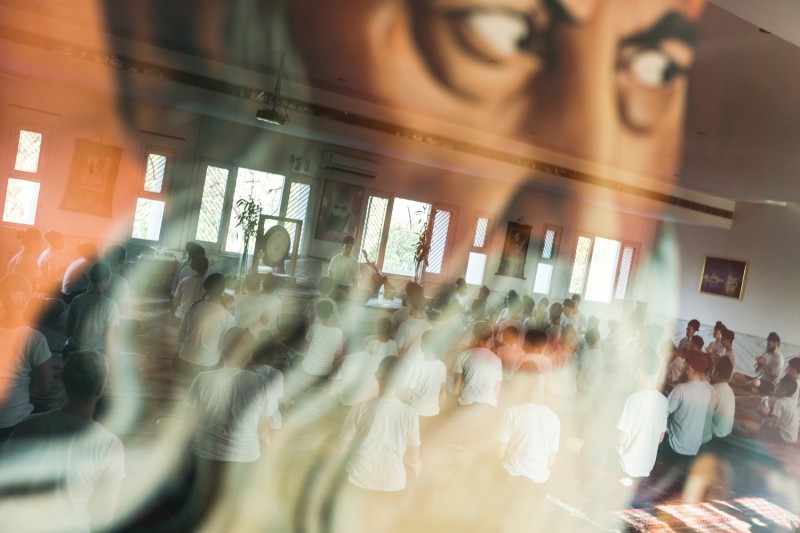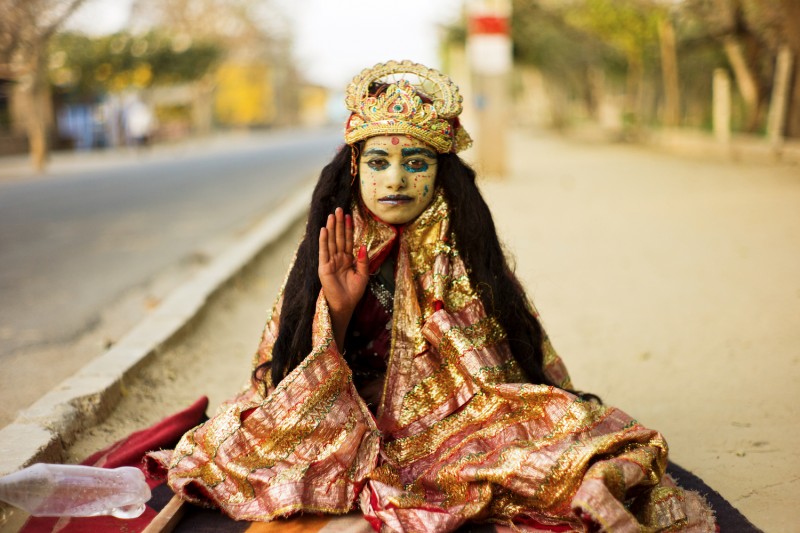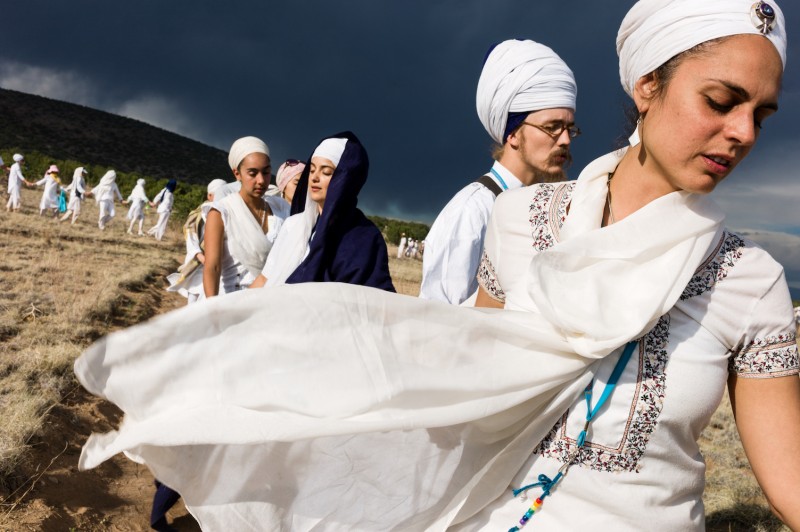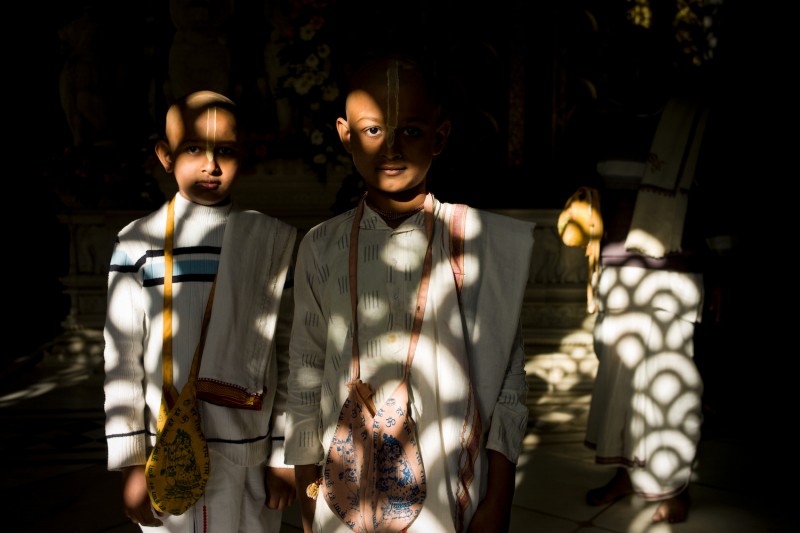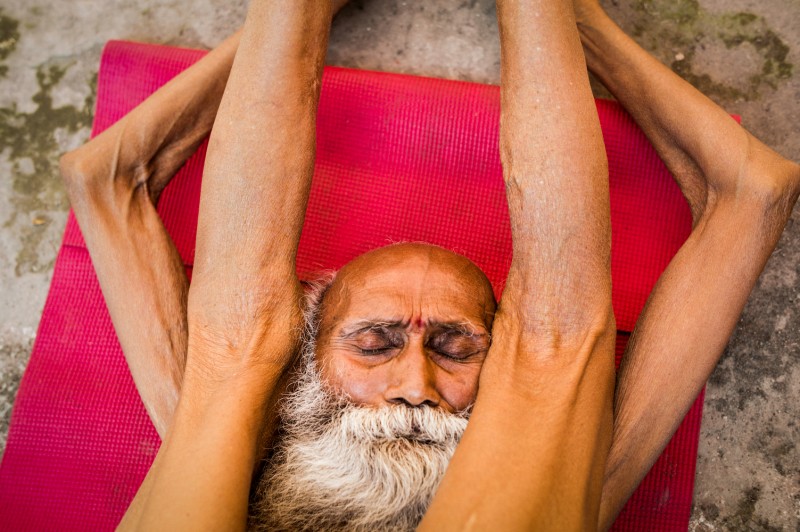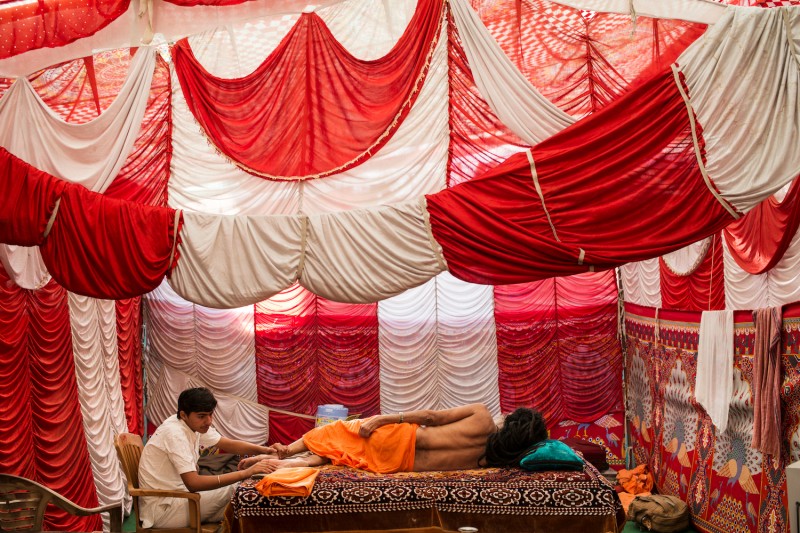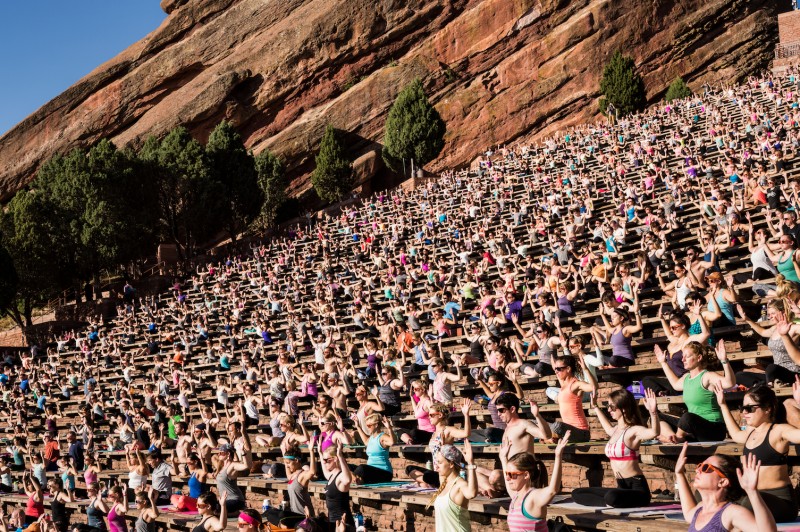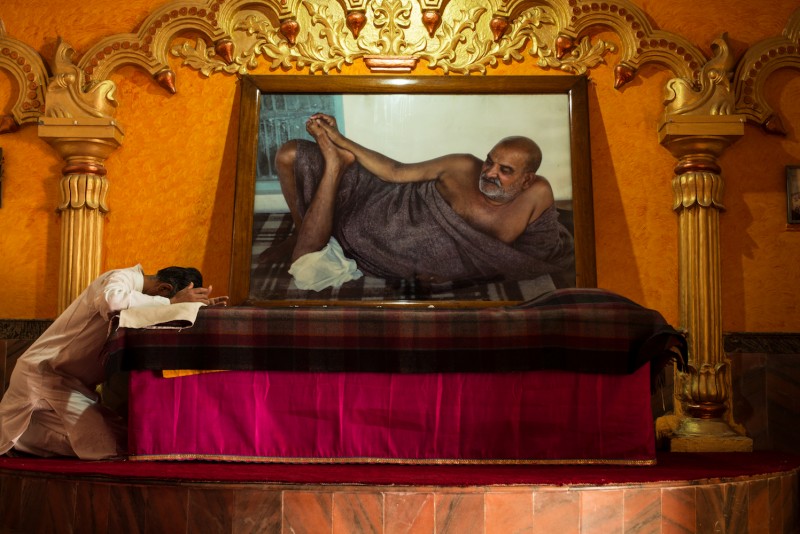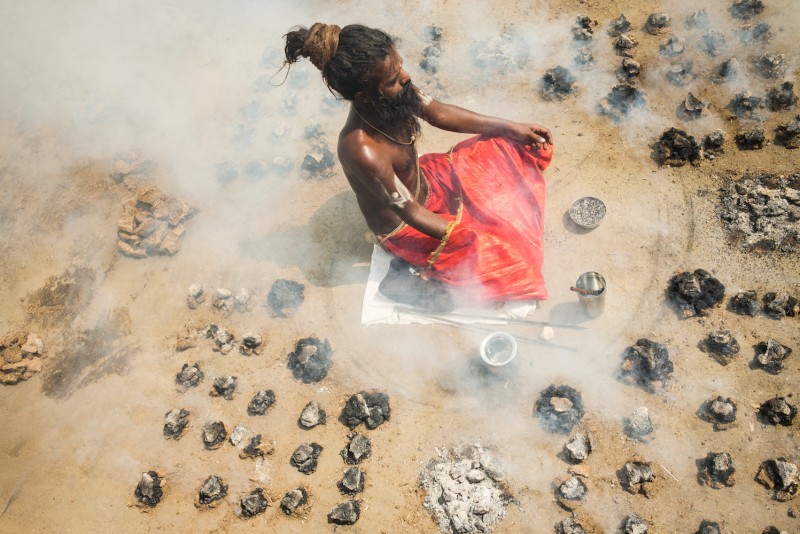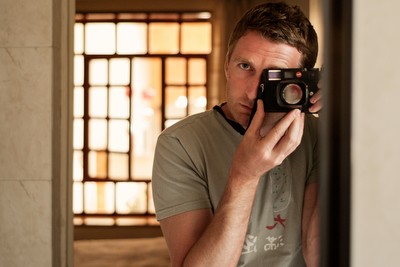Serpent in the Wilderness
Serpent in the Wilderness
Andy Richter
March 14, 2018

Andy Richter: I began practicing yoga in 2004 and, with time, decided to use photography to explore its essence. I began photographing this series in 2012, and it is deeply rooted in my own personal practice and experience. It is important to note that this body of work, Serpent in the Wilderness, is not a comprehensive view of yoga in all of its forms. It is my walk, an exploration in its truest sense. Of course, my practice and meditation led to new areas of inquiry as the work progressed. I aim to transmit the inner experience of what is happening before me, using a camera and lens.
At the beginning, what did yoga mean to you?
Yoga is union. A union of the individual consciousness with the universal, a union of the microcosm with the macrocosm. It is both a method of self-realisation and a state of being. It is about awareness and knowing oneself. It begins with living an ethical lifestyle, and moves to asana (postures), the breath and deeper and deeper states of meditation. The subject didn’t change with time, yet my understanding became more rich and nuanced as I practiced, read, photographed and learned more.
Where and when did you shoot your images?
I worked on Serpent in the Wilderness from 2012 to 2016, looking at the roots of yoga, as well as contemporary forms. Of course, editing the work and giving form to the book was a process that required at least another year or more. I spent a lot of time photographing in India on three different trips, as that is where yoga emerged from, and I also worked in China, Mexico, and throughout the United States. While the external form and the context may vary – from turban-wearing Sikhs of the kundalini tradition, to chanting bhakti yogis of the Krishna Consciousness movement, to spandex clad urban yogis sweating in the studio – all practices point towards greater awareness, a peaceful mind, a healthy body and a compassionate heart.
How did the yogis react, when you told them about your photography project?
Most were open to my presence. Sometimes it was a nonverbal permission that was offered to me through the eyes. Other times, it was more explicit, requiring a formal invitation to procure access. Being in tune with what was happening before me was really essential in making these photographs. With yogis living in remote areas, I had to develop rapport and work in a quiet and sensitive way. They live in silence and they have very heightened awareness. Initially, access was a challenge, especially with highly revered masters. Though as the body of work developed, and I had a foundation of photographs, the doors began to open more readily.
What equipment did you use and how did it help you to fulfil your journey?
Working intuitively and quietly were the key. Using an M240 and an M-P240 with a Summilux 35 and 50mm f/1.4 greatly facilitated this way of being. I also worked with an M9 early on in the project, and an S006 once in a while. I am able to work very efficiently with the M system, in all kinds of light. It is so quiet and unobtrusive – perfect for the nature of this project.
What does yoga mean to you now?
Yoga is not simply something one does on the mat. Yoga is in the nature of our relationships, in how we interact with others, our awareness and presence, it hones our ability to see clearly. It helps to remove our filters through which we often see the world.
In which ways did this journey change your overall perception of the world?
It made clear that what we seek is not out there in the world. Truly, yoga offers an opportunity to know peace in a very real way. One does not need to go to India or a yoga centre. It is where you are. What yoga offers cannot be bought, it cannot be consumed, but it can be known. It is a gift to humanity and has been a true blessing to explore through the lens.
Andy Richter+-
Andy Richter lives in Minneapolis and works around the world as a documentary and commercial photographer. Assignments for concerns such as Adobe and Nestlé, publications such as Time Magazine, Washington Post and Al Jazeera, as well as NGOs such as Unicef and USAid, have led Richter to over 40 countries. More

